Pontic shad (Alosa immaculata) is a fish belonging to the Clupeidae family. Pontic shads inhabit fresh and saltwater bodies. They are found in the Sea of Azov and the Black Sea. The rivers they choose include the Dniester, Danube, Don, Dnieper.
The body of the pontic shad is elongated and flat, covered in scales. It is silver-colored, reaching up to 13 3/4″ (35 cm) in length. Longer specimens can also be found. This species does not have a very impressive body weight - usually about 23 oz (650 g). The head of the pontic shad is relatively small and the mouth - large.
The pontic shad has teeth. A distinctive trait of this species is the unusual spot behind the gill cover, which is not always visible however. Fish of this species can be small or large. The larger ones grow faster than the smaller ones and are distinguished by their bulkier bodies. Another characteristic trait of the larger ones is that they are not so thermophilic and do waters of lower temperatures.
Pontic Shad Behavior
This species of fish evolved to be able to live in both fresh and saltwater bodies. It inhabits saltwater but during the mating season it migrates to the mouths of rivers. Mating season is between the months of April and July. Typically, the females release their roe 310 mi (500 km) from the river mouth.
The roe eggs are carried off by the currents. The fry eat seaweed. Initially they just float on the currents but when they grow a bit, they begin including small fish and crustaceans in their diet. Adults mainly eat anchovies, sprat, atherina and others. Pontic shad mature when they reach 3 years of age. Sometimes even a little later. They rarely live longer than 7-8 years.
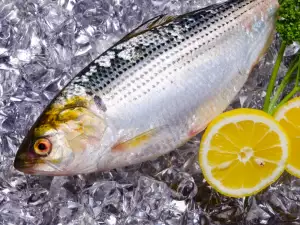
Catching Pontic Shad
It can be caught during the months of March and April and also in September and October. Experienced fishermen prefer to use flappers to catch it. Spoon bait can also be used but flappers are the better choice. Bottom fishing rigs are also an option, though this species is generally found in the upper water layers. Fishing for pontic shad from the shore can present a challenge at times because the schools keep their distance. According to fishing enthusiasts, the most promising catches of pontic shad await those who go fishing early in the morning or at dusk.
Storing Pontic Shad
Pontic shad can be stored by salt-curing. But before you begin the process, you need to ensure that the fish is completely fresh. Even better if you've caught it yourself. Curing needs to be done immediately after it has been caught. Wash the fish with cold water, then make an incision in its abdominal cavity.
Next, remove the insides and cut off the blood vessels located at the bottom of the chest cavity. Thus processed, wash it several times to get rid of all the muck, then dry it. Rub it with salt everywhere, including the abdominal cavity of the fish.
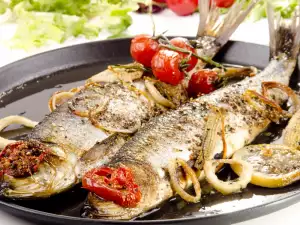
Place the salted meat in a nonstick container and cover it with more salt. Store it in a cold, dark area as is. Before you can use it again, don't forget to soak it well in water. Experts remind that storing the fish in this way for more than a month has its downsides, since the beneficial substances are lost. That is why it is best to consume pontic shad while it's still fresh.
Cooking Pontic Shad
To meat of pontic shad is appetizing and tempting for everyone who appreciates seafood. It is oily and has bones, but incredibly tasty nonetheless, and when combined with the right products transforms into a genuine delicacy. Pontic shad tastes best when fried. But if you insist on healthier eating, you can prepare it on the grill or in the oven. Soup-boiled pontic shad is also not to be undervalued. But in any case, don't forget that pontic shad goes perfectly with dill, parsley, black pepper, onions and fresh lemon and lime. It is a fine addition to olives, green salads, potato salad and drinks such as ouzo and mastika.
Benefits of Pontic Shad
Pontic shad is prized mainly because of its content of sodium, potassium, magnesium, phosphorus, calcium, zinc, selenium, iron, riboflavin, niacin, thiamine, which are key for the correct development of our body. Meat from pontic shad is also a source of vitamins А, В5, В6, В12. Consuming this fish has an overall beneficial effect on the body, it strengthens the immune system and is excellent against physical and psychological exhaustion.
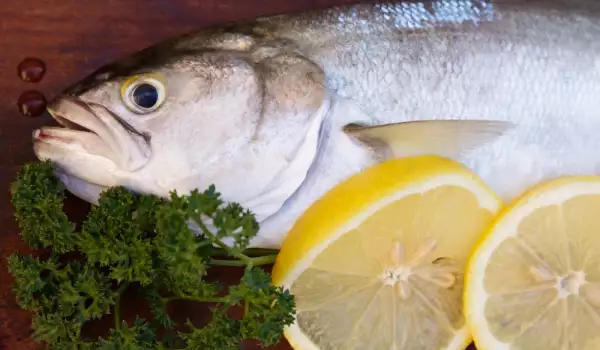
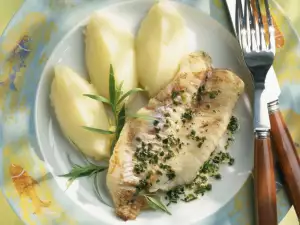



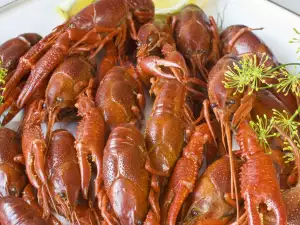
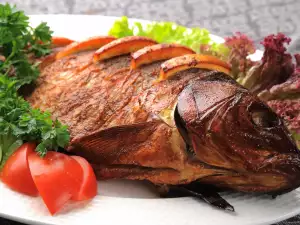
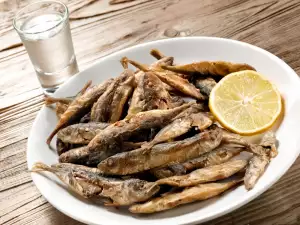




Comments